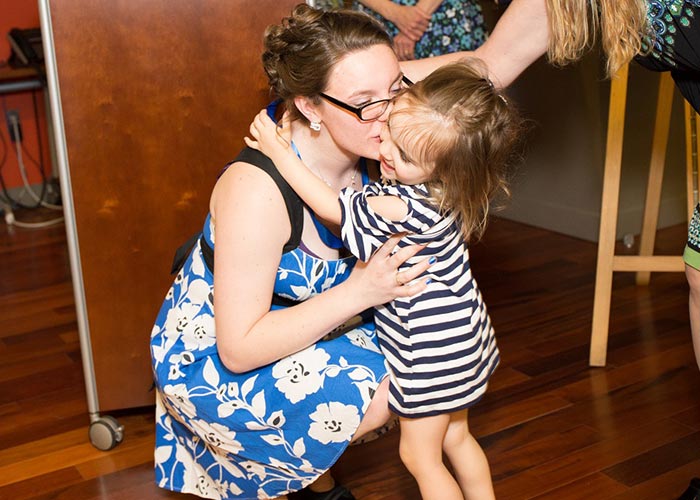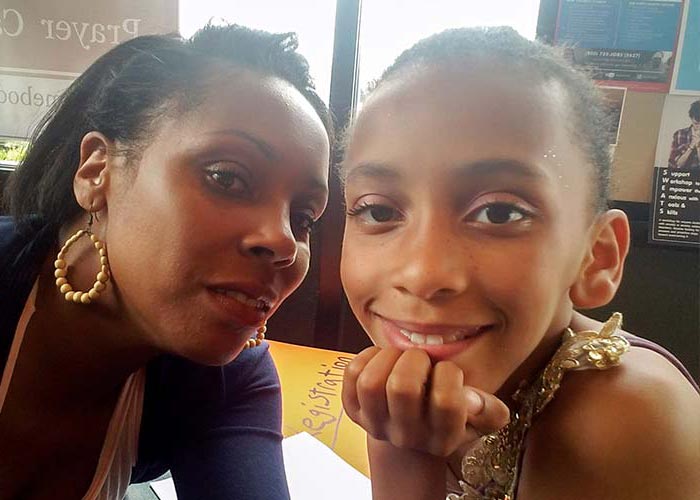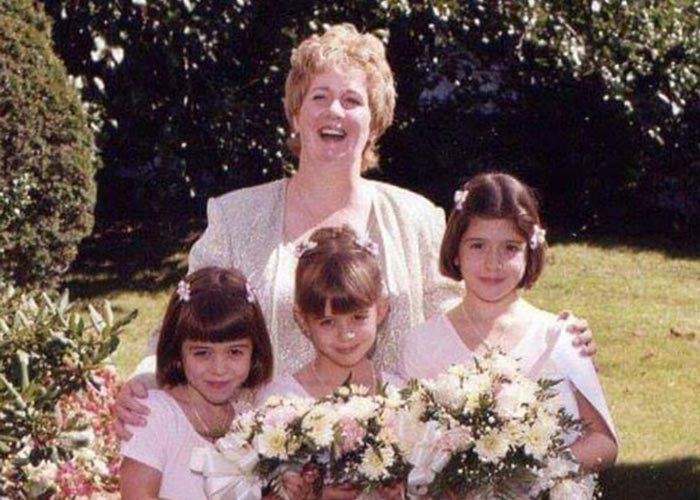Moving Lives Forward: What is a Life Plan?

If you’ve recently read about the many different ways we’re working with individuals in need across New Hampshire, you may have come across the term “Life Plan.” This tool is playing an increasingly significant role in our social services programs, including Parish & Community Services and the Our Place pregnancy and parenting program.
To help you better understand what a Life Plan is – and why it’s so important for those we serve – we spoke with Marc Cousineau, Director of Parish & Community Services, to learn more.
How would you describe a Life Plan?
A Life Plan is a combination of a comprehensive assessment and an actionable goal- or series of goals – designed to positively change a critical part of the lives of individuals in crisis and help them get on a more successful path forward.
A Life Plan is a foundation for building meaningful and engaging relationships with clients. A Life Plan is carefully developed to meet clients where they are at, addressing and helping remove current obstacles that are inhibiting them, while also shifting the fundamental dynamics of some aspect of that person’s life to generate a more sustainable change.
We’ve all heard the adage of the difference between “giving someone a fish” and “teaching them how to fish” – it turns out that’s true! Someone might receive assistance to bring short-term relief, only to find the same problems may reoccur, and they continue to get stuck in an ongoing cycle of crisis. A Life Plan takes a look at “the big picture” – all facets of a person’s life to identify the steps, tools or resources to address not only a current crisis but also the chronic issues that keep them stuck and leave them feeling hopeless.
Our tagline at Catholic Charities New Hampshire is “Moving Lives Forward.” A Life Plan embodies what we mean by that – and is a big reason that clients can finally overcome obstacles and move beyond reoccurring problems.

What does a Life Plan involve?
The Life Plan process starts when we sit down with a client and have a conversation, carefully listening to the problems they are facing and asking questions. We take a more in-depth look into their lives, with a formal assessment across a wide range of life situations, including their access to food, housing, clothing and transportation; income and employment status; education levels; physical and mental health; personal relationships; and financial behaviors and habits. Everyone’s life is complex and can be a bit messy (it’s our shared human condition!), but we will work together with clients to develop what we call S.M.A.R.T. (smart) goals. These are defined goals that are specific to the individual and targeted to improve a particular aspect of their life tied to a more significant challenge or chronic problem.The best goals have such qualities as:
- They are Specific. For instance, “I want to finish my associate’s degree at my local community college (Manchester Community College)” instead of “I want to go back to school.”
- They are Measurable: “My goal will be a success if I graduate” versus “I’m good once I get accepted!”
- They are Attainable! “This is realistic because I know I have the support and resources to study hard and see this through to the end” versus “I haven’t thought about the financial requirements with school.”
- They also have to be practical and Relevant. “An associate’s degree will help me secure a full-time job that puts me on more secure financial footing” versus “I want to get a degree because it seems like the thing to do.”
- And having a Time-bound deadline helps too: “I plan to graduate from Manchester Community College by the spring of 2020” versus “I will enroll at MCC and graduate eventually.”
What types of clients are enrolled in a Life Plan?
Life Plans are best suited for clients who are facing life-limiting challenges and really want something better for themselves or their families. It takes a commitment of energy, motivation and patience for anyone to change life-long patterns or habits. And this isn’t just about people who are economically poor. How hard is it to change? Think about all the resolutions to “lose weight” or “start an exercise program” we’ve all made – it’s humbling! Change is hard for any of us, but we do our best to be supportive to clients. Sometimes there are false starts – but if there is a longer-term determination to change the present – that seems to be the difference. We want to support that.
What are some examples of a Life Plan goal?
No two Life Plans look the same. Goals are customized for each individual’s situation. Goals may be more long-term, such as pursuing educational degrees, while others are short-term, like “understanding where my money goes.” Life Plan goals are designed to meet the client where they’re at, with an eye on the future and moving ahead. Some recently completed Life Plan goals include developing a household budget, finding a full-time job or fixing a car so one could have transportation. Others might be securing affordable housing, seeking counseling for personal problems, obtaining medical insurance or graduating from an auto mechanics program.Can you give me an example of a Life Plan?
Joe came to us after receiving an eviction notice. He was three months overdue in rent and he was anxious for himself, his wife and two young daughters. We sat down with him to address the most immediate need – the loss of housing. Our caseworker determined that he qualified for emergency assistance from his town, so we referred him to the proper contact there. While that gave him a buffer – and more time – we knew that was not going to be a permanent solution. We worked on a Life Plan Assessment with Joe. Beyond his housing crisis, he had some strong positives going for him – a stable job, good physical health, a nice family and a reliable car. What we discovered, however, was a lack of some very basic financial awareness. He never had a household budget, and despite having a job, did not track his expenses and was overspending in some areas. Without the basic understanding of where his money went – and how to differentiate between “need” and “want” – he faced deepening financial debt and a more uncertain future beyond losing his apartment. We enrolled Joe in financial fitness training and set a modest goal from the start – developing a spreadsheet to track his expenses. The goal was specific (create a monthly worksheet he could update on a daily basis), measurable (logging his receipts and expenses showed progress), attainable (he was fairly competent with computers and Excel), relevant (knowing his spending habits helped him better understand where exactly his money was going), and time-bound (he would complete the spreadsheet for a month). He saved all of his receipts throughout that first month and we reviewed them together. We then went over a series of recommendations such as eating out less (even if it was just coffee or snacks, which adds up!), better matching his cell phone plan to his usage habits and sacrificing cable TV until he could stabilize his finances. We moved to the next goal – using the information he gained from the spreadsheet and our recommendations to create a monthly budget aimed to set aside enough money for rent. Once he did that, we worked on the next goal, opening a dedicated account where he would deposit money for rent, utilities and other fixed basic expenses. Within six months, Joe was able to reach another goal, creating a one month cushion for rent in case of an emergency. As he builds on his successes, we will continue to work with Joe, helping him refining his goals as future needs arise. He’s hoping to pursue a delayed dream of becoming a licensed plumber by identifying ways that he can re-enroll in an apprentice program he began a few years back (but dropped out of when his first child was born). As with Joe, it may take months (or sometimes even longer), but we eventually get to the point where clients are more confident, smarter and strategic with their money and overall life outlook.
